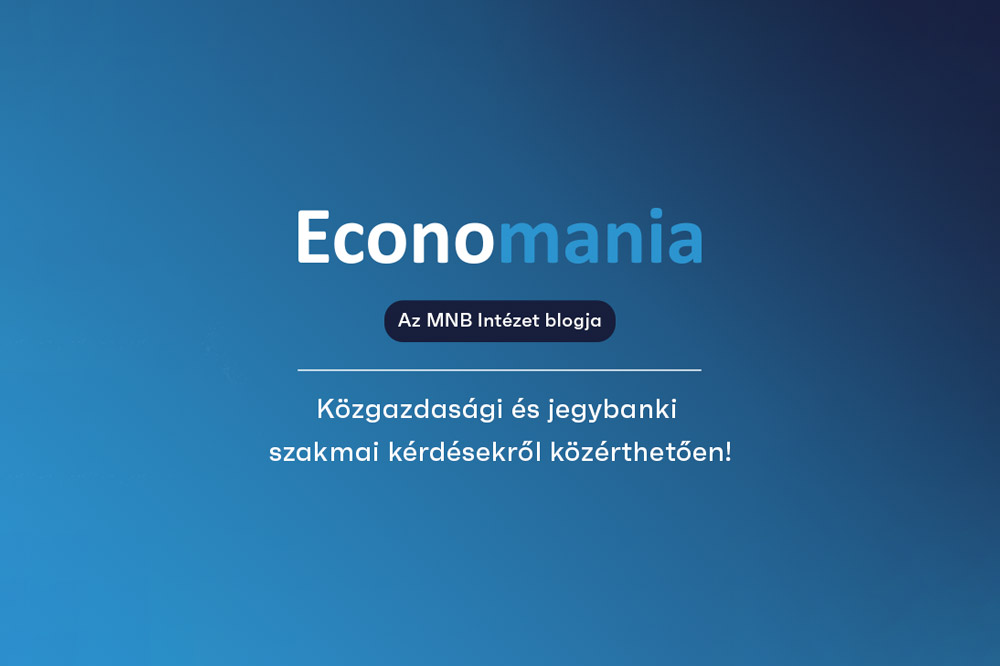The economy of the third decade of the 21st century is characterised by sudden economic shocks. The Russian military operation in Ukraine on the 24th of February had a significant impact on the global financial markets and economy. There are conflicting views on whether the event surprised the world or if it was already expected.
On the one hand, the escalation of the conflict has been building up for many years, giving the markets time to factor in this danger in advance. On the other hand, significant movements were observed in the financial markets after the outbreak of the war, indicating that the news came as a surprise to investors. The solution likely lies somewhere between, with a gradually increasing number of investors anticipating the escalation of the conflict.
In our recent article published in the Finance Research Letter, we applied Kyle’s (1985) model, which is based on informed and uninformed investors, to investigate when and how the risk of a potential armed conflict played a role in the pricing of financial market participants. The empirical model assumes that after the outbreak, no one can doubt the facts of the war; therefore, the observed prices already reflect the value of assets in a war scenario at that time. This is referred to as liquidation value. Once these are known, we historically examine how close prices were to their liquidation values during specific periods. One simple approach is to calculate the deviation of each country-level stock index from its liquidation value and aggregate these differences. These differences over time are presented in Figure 1.
Figure 1: Average of the absolute differences between the current indices and their value at the outbreak of the war

In addition to these differences, it is worth examining the speed of convergence. Our empirical model reveals the extent to which the relative price-to-liquidity value within 10 trading days explains the volatility of price movements (Fama–MacBeth type regression models). In other words, we investigate how much traders considered countries as less valuable who would fall sharply in the event of a war outbreak. Figure 2 presents the estimated effect in 10 days windows.
Figure 2: Estimated coefficients for the Fama–MacBeth type regression models. The time series shows the effect of the difference from the liquidation value on the price change (a higher value means faster convergence)

We also applied a second formal model to identify the exact date when the market started to price the risk of a potential conflict. It is a nonlinear regression with a behavioural equation that includes two states. In the first state, the difference from the liquidation value does not affect price movements (modeled as a white noise), whereas, in the second state, there is an increasing effect as the event approaches (see Figure 2).
Although the first approach is effective in capturing the described behaviour, it only provides general timeframes (10-day windows). However, with the application of the nonlinear model, we gain a more detailed insight. Based on the nonlinear model, we can conclude that the pricing initiation is 50 days before the outbreak, so it can be set on January 6th (simultaneously with our first approach).
The predictability of armed conflicts plays a role in numerous topics in the economic and political fields. However, the fact that the stock market priced this risk just 50 days before the outbreak highlights that we are living in a decade of uncertainty.
Granát Marcell
References:
Granát, Marcell P., Kristóf Lehmann, Olivér Nagy, and Gábor Neszveda. 2023. “Expect the Unexpected: Did the Equity Markets Anticipate the Russo-Ukrainian War?” Finance Research Letters 58 (December): 104301. https://doi.org/10.1016/j.frl.2023.104301.
Borítókép: pixabay.com
The post The Russo-Ukrainian Crisis: Did Financial Markets See it Coming? appeared first on Economania blog.

